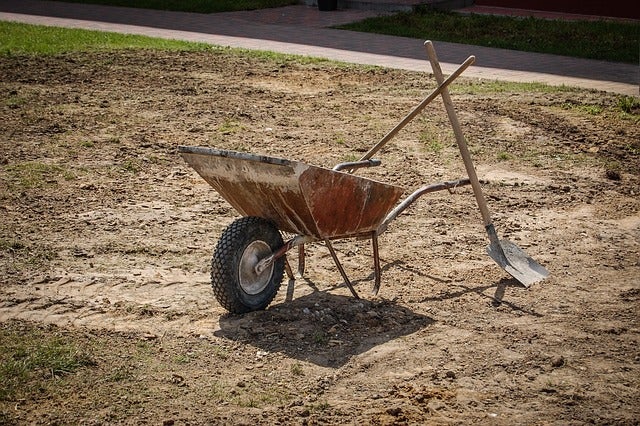The Garden Muse: Beyond Halloween, it’s still pumpkin season
Published 10:50 am Saturday, November 4, 2023
|
Getting your Trinity Audio player ready...
|
Archeological evidence suggests that pumpkins have been around at least five thousand years. Thanks to the Celtic fall traditions of Samhain and keeping evil spirits at bay, the myth of ‘Stingy Jack’ and the use of Jack-O-Lanterns to scare off his evil spirit, pumpkins have become a popular symbol of fall.
The pumpkin is a type of winter squash in the Cucurbitaceae family and closely related to the cucumber and melon. Technically the pumpkin is a fruit because it comes from a flower and contains seeds, about five hundred seeds per pumpkin. Pumpkins come in many varieties, colors, and sizes, the largest reported to have been grown in New Hampshire and weighed 2,582 pounds. To put that into perspective, the average size pumpkin weighs 13 lbs.
Pie or sugar pumpkins are much smaller in size and sweeter than their much larger Jack-O-Lantern cousins. Every part of the pumpkin is edible including the stems and flowers. Pumpkins are 80-90% water, they are incredibly low calorie and nutrient dense. One cup of cooked pumpkin contains about 49 calories and is packed with vitamins K, C, E, potassium, Iron, Folate, and Niacin. Pumpkins are also rich in antioxidants. The prominent levels of beta carotene in pumpkin are converted into vitamin A which helps the body fight infection and age-related vision problems, it also helps protect the skin from harmful UV rays. Their high potassium content can help lower blood pressure and age-related hearing loss. The un-hulled seeds can also be roasted and eaten, in addition to their antioxidants they also provide nutrition to the body in the form of magnesium, zinc, iron, and fatty acids.
Uncut pumpkins can be stored in a dry dark cool place for up to three months before starting to spoil. The longer they are properly stored the sweeter and more flavorful they become.
Pumpkins grow everywhere except Antarctica. China, India, Mexico, and Ukraine are the top producers of pumpkins.
The United States produces 1.5 billion pounds of pumpkins every year.
Dawn Conrad is a Retired Virginia Cooperative Extension Master Gardener, Herbalist, Writer and Artist. She can be contacted at dawn@mygardenmuse.com.




